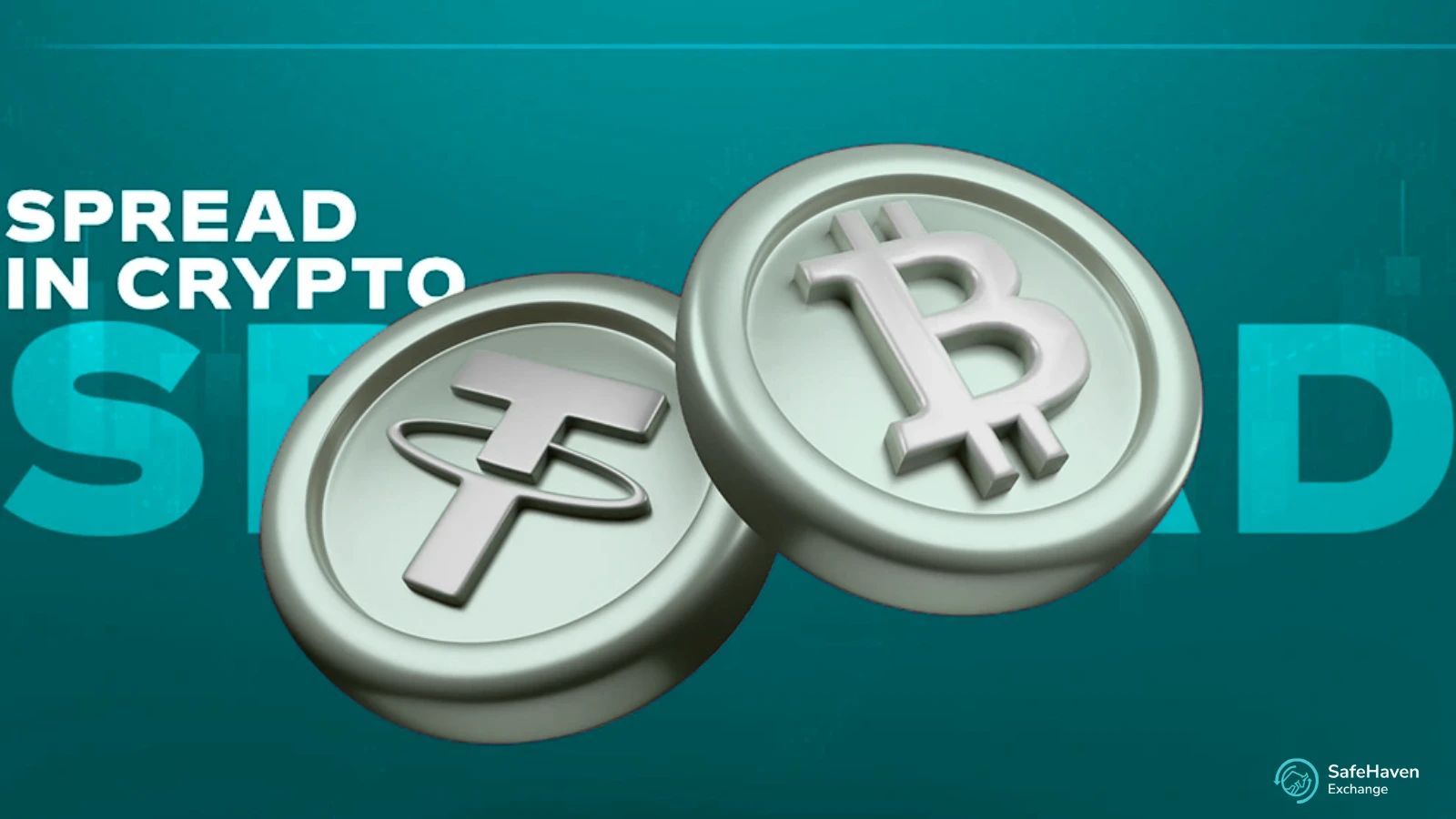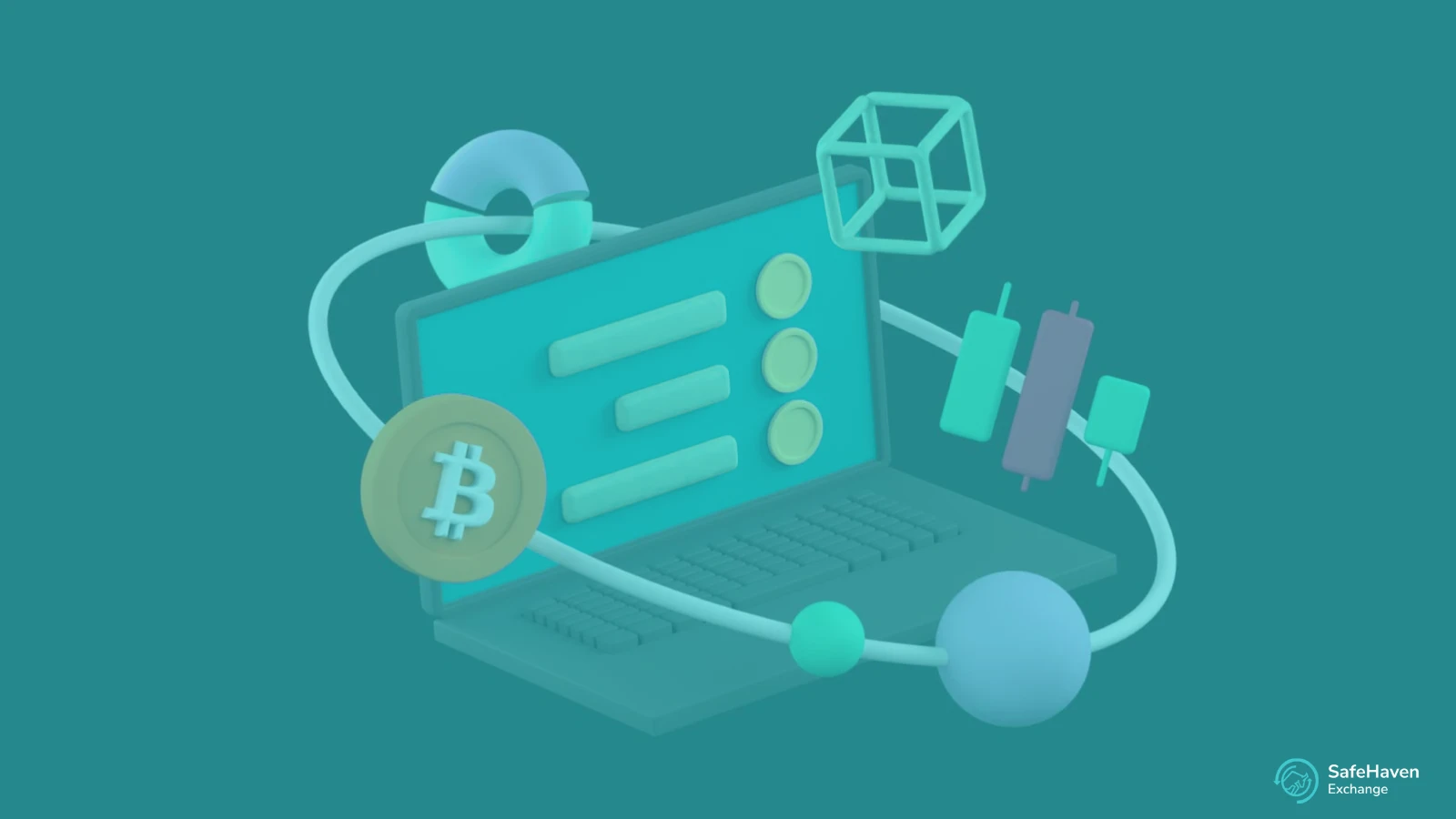The landscape of investing has changed. Digital investments, once a fringe concept, are now a core component of modern financial strategy. Assets like cryptocurrencies, NFTs, and tokenized securities are no longer just for tech enthusiasts; they are integrated into institutional portfolios and accessible to everyday investors through user-friendly apps.
This guide provides a clear path to understanding and profiting from digital investments. We will explore the different types of digital assets, detail proven methods for generating returns, and offer smart strategies to help you navigate this exciting market, whether you’re making your first investment or looking to refine your existing portfolio.
What Are Digital Investments?
Digital investments are assets that exist and are traded entirely in a digital format. They are built on technologies like blockchain, which uses cryptography to secure transactions and verify ownership without a central authority like a bank. This structure opens up global financial markets to anyone with an internet connection.
Let’s break down the main categories:
- Cryptocurrencies: These are digital or virtual tokens that use cryptography for security. Bitcoin (BTC) and Ethereum (ETH) are the most well-known, but thousands of others exist. They function as a medium of exchange and a store of value.
- Yield-Bearing Assets (Staking & DeFi): This category includes tokens and stablecoins that can be used to earn passive income. By participating in staking or providing liquidity to Decentralized Finance (DeFi) protocols, you help secure the network and are rewarded with interest or more tokens.
- Non-Fungible Tokens (NFTs): NFTs are unique digital certificates of ownership for items like art, music, collectibles, or even virtual real estate. Unlike cryptocurrencies, each NFT is one-of-a-kind and cannot be replaced.
- Tokenized Assets: These are digital representations of real-world assets like real estate, stocks, or bonds. Tokenization makes it possible to buy and sell fractional shares of valuable assets, lowering the barrier to entry for many investors.
5 Proven Strategies to Earn from Digital Assets
There are several ways to make money with digital investments, each with its own risk profile and potential return. Understanding these methods will help you choose the right strategy for your financial goals.
1. Capital Appreciation: The “Buy and Hold” Method
The most straightforward strategy is buying an asset and holding it with the expectation that its value will increase over time. This “buy low, sell high” approach has been a cornerstone of investing for centuries.
- How it works: You purchase a digital asset like Bitcoin or Ethereum and store it securely. You then wait for the market value to rise before selling for a profit.
- Example: An investor who purchased 1 ETH for $1,500 in early 2024 could have seen its value climb to over $3,500 by 2025. This long-term approach, often called “HODLing” in the crypto community, rewards patience and conviction in an asset’s future potential.
- Best for: Investors with a long-term outlook who can tolerate market volatility without panic-selling.
2. Staking: Earn Passive Income by Securing the Network
Staking is a popular way to generate passive income from your cryptocurrency holdings. It involves locking up your tokens to help validate transactions and secure a blockchain network that uses a Proof-of-Stake (PoS) consensus mechanism.
- How it works: You commit your tokens to a staking pool or run a validator node. In return, the network rewards you with additional tokens, similar to earning interest in a savings account.
- Expected Returns: Annual Percentage Yield (APY) varies by network. Ethereum staking typically yields around 3-5%, while other networks like Solana or Polkadot may offer 7-12%.
- Best for: Investors looking for a steady, predictable income stream from their assets without the stress of active trading.
3. Yield Farming and Liquidity Providing
Yield farming is a more advanced DeFi strategy where you lend or stake your cryptocurrency in a decentralized application (dApp) to earn rewards. By providing liquidity to a decentralized exchange (DEX), you enable others to trade assets seamlessly.
- How it works: You deposit a pair of assets (e.g., ETH and a stablecoin like USDC) into a liquidity pool. In return, you earn a share of the trading fees generated by that pool.
- Potential Returns: Yields can be significantly higher than traditional staking, sometimes exceeding 20% APY, but they also come with higher risks, such as “impermanent loss.”
- Best for: More experienced investors who understand the risks and are comfortable interacting with DeFi protocols.
4. NFT Trading and Investing
Investing in NFTs can be approached in two ways: as a long-term hold on digital art and culture or as a short-term “flip.”
- How it works: You purchase NFTs on marketplaces like OpenSea or Rarible. You can either hold them, betting on the artist’s or project’s future success, or aim to resell them quickly for a profit when demand increases.
- Key Consideration: The NFT market is driven by hype, community, and perceived cultural relevance. Unlike cryptocurrencies, NFTs are illiquid, meaning finding a buyer at your desired price is not guaranteed.
- Best for: Collectors, art enthusiasts, and speculative investors who have a deep understanding of specific NFT communities and trends.
5. Active Trading on Exchanges
For those who thrive on market dynamics, active trading offers the potential for rapid gains. This involves buying and selling digital assets on exchanges to profit from short-term price fluctuations.
- How it works: Traders use technical analysis, market news, and various strategies to predict price movements. This can involve spot trading (buying assets directly) or using derivatives like futures and options.
- Getting Started: Many exchanges, such as Binance and Coinbase, offer advanced trading tools. Beginners should consider using demo accounts to practice without risking real money.
- Best for: Disciplined individuals who can dedicate time to market analysis and are comfortable with the high-risk, high-reward nature of short-term trading.
Managing Risks in the Digital Asset Market
High potential returns in digital investments are often accompanied by significant risks. A smart investor knows how to manage them.
- Volatility: Prices can change dramatically in a short period. Never invest more than you are willing to lose, and consider using a dollar-cost averaging (DCA) strategy to mitigate the impact of price swings.
- Security Threats: The digital nature of these assets makes them a target for hacks and scams. Use strong, unique passwords, enable two-factor authentication (2FA), and store large holdings in a hardware wallet (cold storage).
- Regulatory Uncertainty: The laws governing digital assets are still evolving globally. Changes in regulations can impact market sentiment and asset values. Stay informed about the legal landscape in your jurisdiction.
- Lack of Liquidity: This is a particular risk with NFTs and smaller altcoins. You may not be able to sell your asset quickly without taking a significant loss.
Top Platforms for Digital Investments in 2025
Choosing the right platform is crucial for security, ease of use, and access to different investment opportunities. Here are some of the leading platforms:
| Platform | Primary Focus | Strengths | Ideal For |
|---|---|---|---|
| Coinbase | Regulated Exchange | User-friendly interface, high security, good for beginners. | Beginners and long-term investors. |
| Binance | Global Exchange | Massive selection of assets, low fees, advanced trading tools. | Active traders and experienced users. |
| SafeHaven | P2P Exchange | Secure P2P trading for crypto and stocks. | Users who prefer direct trades. |
| OpenSea | NFT Marketplace | The largest and most diverse collection of NFTs. | NFT collectors and traders. |
| Mintos | Tokenized Lending | Provides access to tokenized loans and alternative finance. | Investors seeking portfolio diversification. |
Actionable Tips for Beginner Investors
Getting started with digital investments can feel overwhelming. Follow these simple steps to build your confidence and knowledge.
- Start Small: You don’t need a large amount of capital to begin. Invest a small sum, like $50 or $100, that you are comfortable losing. The primary goal is to learn the process.
- Stick to Blue-Chip Assets: For your first investments, focus on established cryptocurrencies like Bitcoin (BTC) and Ethereum (ETH). They have the highest liquidity and a long track record.
- Define Your Goals: Are you investing for long-term growth, passive income, or speculation? Having a clear goal will help you choose the right strategy and avoid making emotional decisions.
- Prioritize Education: The market evolves quickly. Dedicate time to learning from reputable sources like industry news sites, educational courses, and official project documentation. Avoid getting financial advice from social media hype.
- Review, Don’t React: Check on your portfolio periodically—perhaps monthly—but avoid compulsively tracking prices. Volatility is normal. Stick to your strategy rather than reacting to short-term market noise.
Frequently Asked Questions (FAQ)
Which digital investments are most profitable?
High-risk assets like new altcoins or certain NFTs have the potential for massive returns but also carry a high risk of loss. For more predictable returns, staking established cryptocurrencies and yield farming with stablecoins are popular choices.
How do I secure my digital investments?
Use a combination of secure platforms with 2FA and a hardware wallet (like Ledger or Trezor) for long-term storage. Never share your private keys or seed phrases with anyone.
Can I make money on digital assets without experience?
Yes. Beginners can start with simple strategies like buying and holding Bitcoin on a trusted exchange like Coinbase or using automated staking services that handle the technical complexity for you.
What is the minimum amount needed to start investing?
Many platforms allow you to start with as little as $10. The focus for beginners should be on learning the ropes, not on the amount invested.
Conclusion: Your Journey into Digital Investing
Digital investments have firmly established themselves as a powerful tool for building wealth. From the steady income of staking to the high-growth potential of cryptocurrencies and NFTs, there is an opportunity for every type of investor.
Success in this space depends on a combination of knowledge, strategy, and risk management. The best digital investments for you will align with your financial goals and risk tolerance. By starting small, choosing secure platforms, and committing to continuous learning, you can confidently navigate the market and unlock its potential. In the world of digital finance, patience and education are your most valuable assets.








